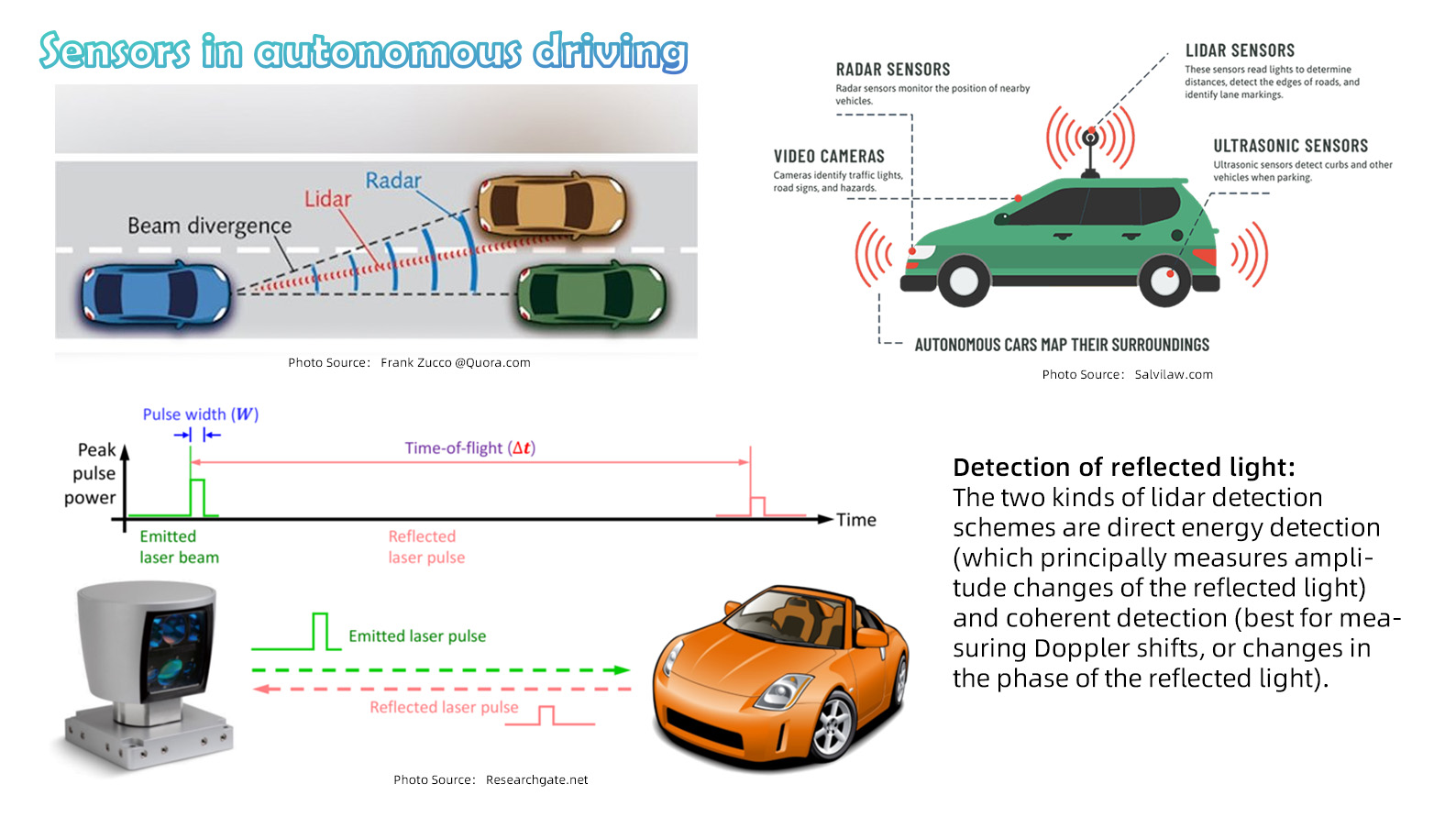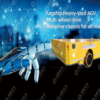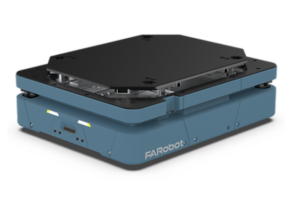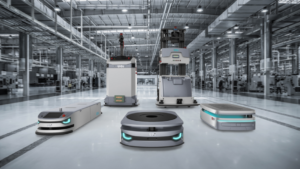Background: Overcrowded Ladar/Radar Market
The Ladar/Radar industry in China is now slightly overheating, following a phase of rapid growth that saw continuous technological innovations. Facing an overcrowed market, many Ladar/Radar manufacturers are branching out into other fields, such as sensors for autonomous vehicles.

Chinese firms have been able to come up with domestic versions of ladar/radar for service robots. Significant challenges are still looming over making desirable laser components that meet industrial needs. For example, industrial adoption of 3D radar, particularly those for AMRs and forked AGVs in navigation, obstacle avoidance, and transportation, is slow. Manufacturers falter in front of high costs , amid a genuine cry from those markets.
Technical challeges: Industrial Adaptation of Ladar/Radar Technology
Ladars/radars have seen applications in not only household and commercial scenarios, but also industrial ones. However, compared with home and commercial settings, industrial environments are far more complex and variable. Devices have to tackle diverse terrains, uneven floors, and dynamic shelf conditions. In addition, industrial applications require a wider range of voltage support, namely, 9V to 30V, whereas home and commercial gadgets mostly stand at 12V. Moreover, while practical home and commerial use suffice with the provision of an additonal device driver, industrial clients demand more accessories, such as SDKs and toolkits. Typically, most of them also request additional alterations to be compatible with industrial PCs and PLC protocols.
Twilight for Industrial Ladar/Radar in China
A laser-tech firm named Kruisee has adopted a concentration strategy by focusing on robotics markets. The company prided itself on the impressive performance of their products in obstacle avoidance and navigation. Recently, they leveraged this capacity and expanded their repertoire by virtue of advanced chips and algorithms. The new industrial series for mobile robots is strategically designed to ensure desirable reliability and stability, while allow mass production at a million-unit scale, a rarity among Chinese ladar providers.

The Kruisee industrial ladars, based on the Time-of-Flight (TOF) principle, includes three different models, from close to long range detection. KR G10 is primarily designed for close-range, high-precision obstacle avoidance in AGVs (particulary forked AGVs) and AMRs; KR G30 serves both close-range obstacle avoidance and intermediate-range navigation purposes; lastly, KR G50 is suitable for long-range navigation.

The company is expecting to benefit from the synergy achieved through vertical integration that would deliver high cost-effectiveness.





